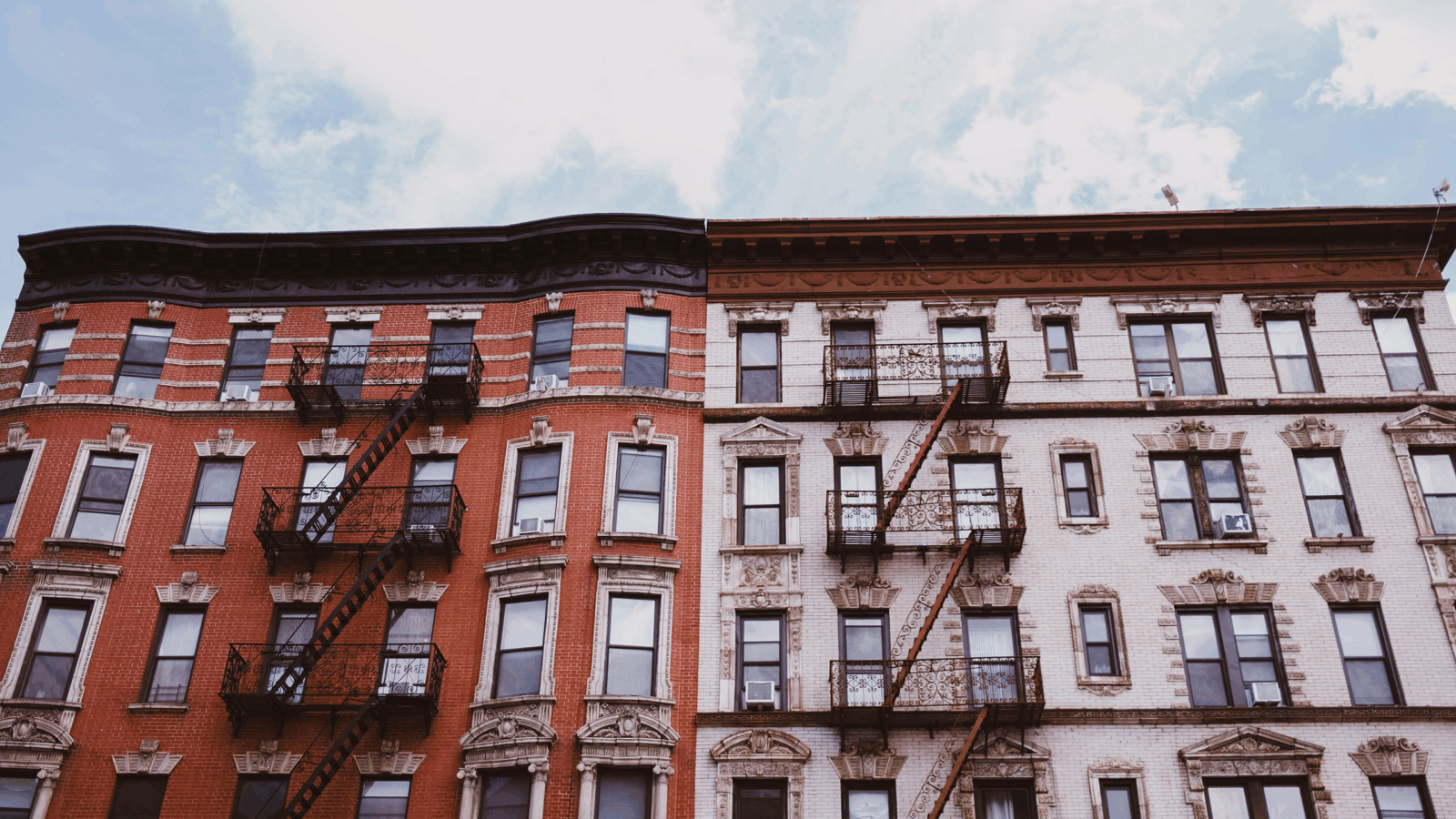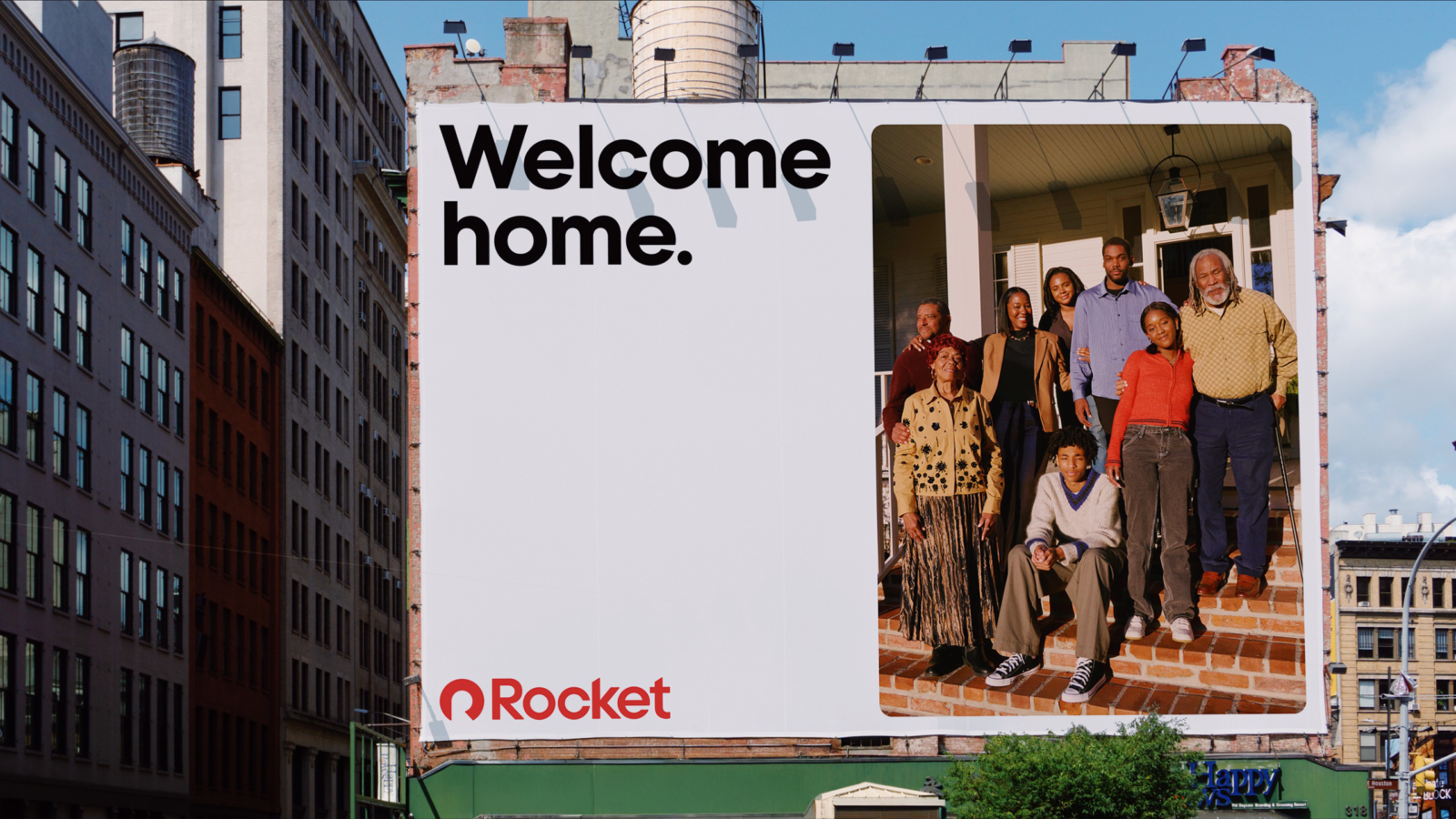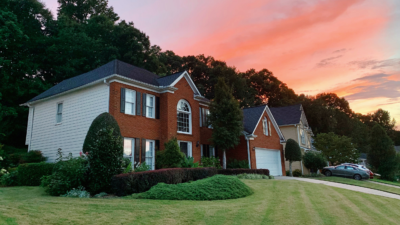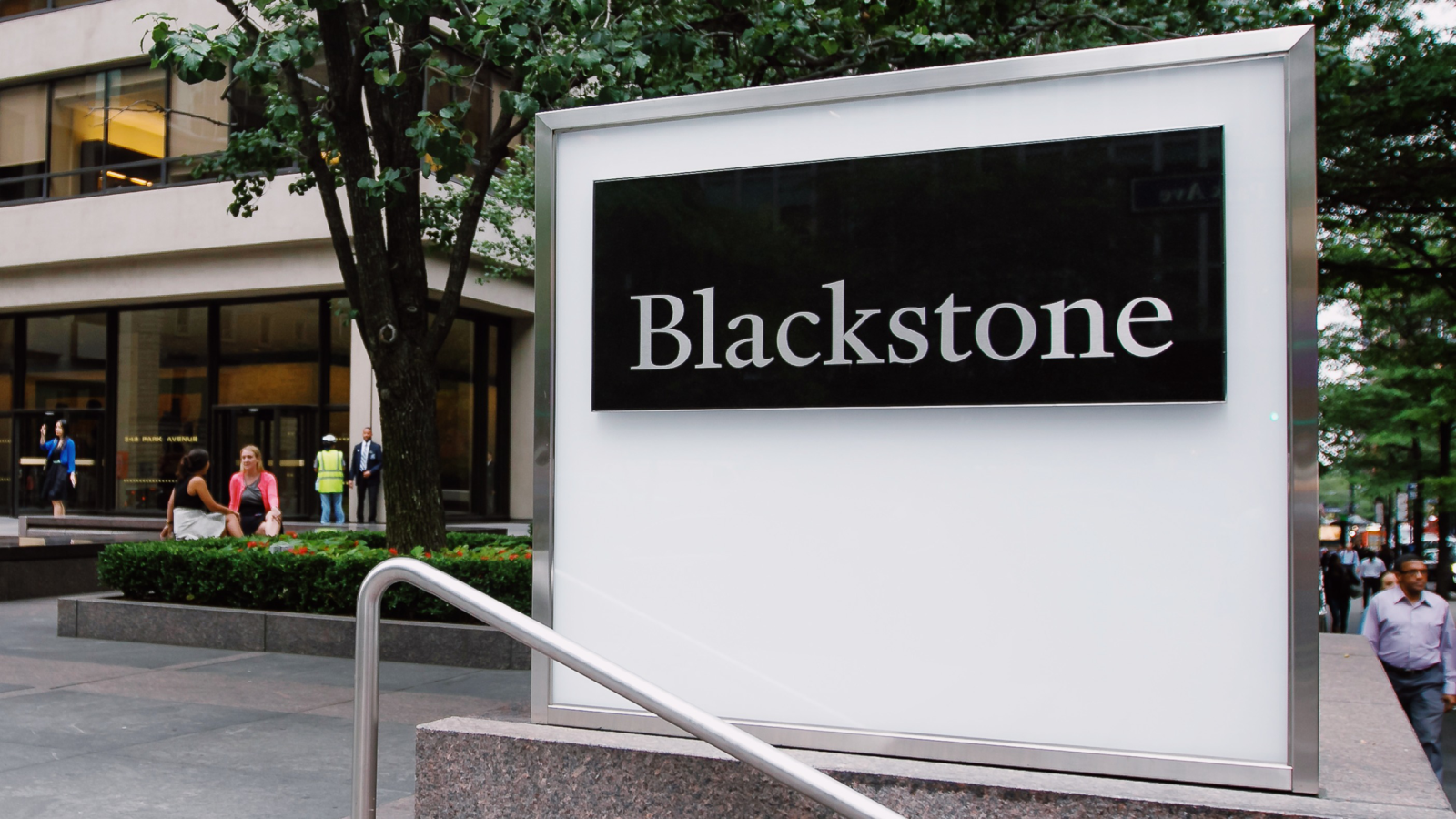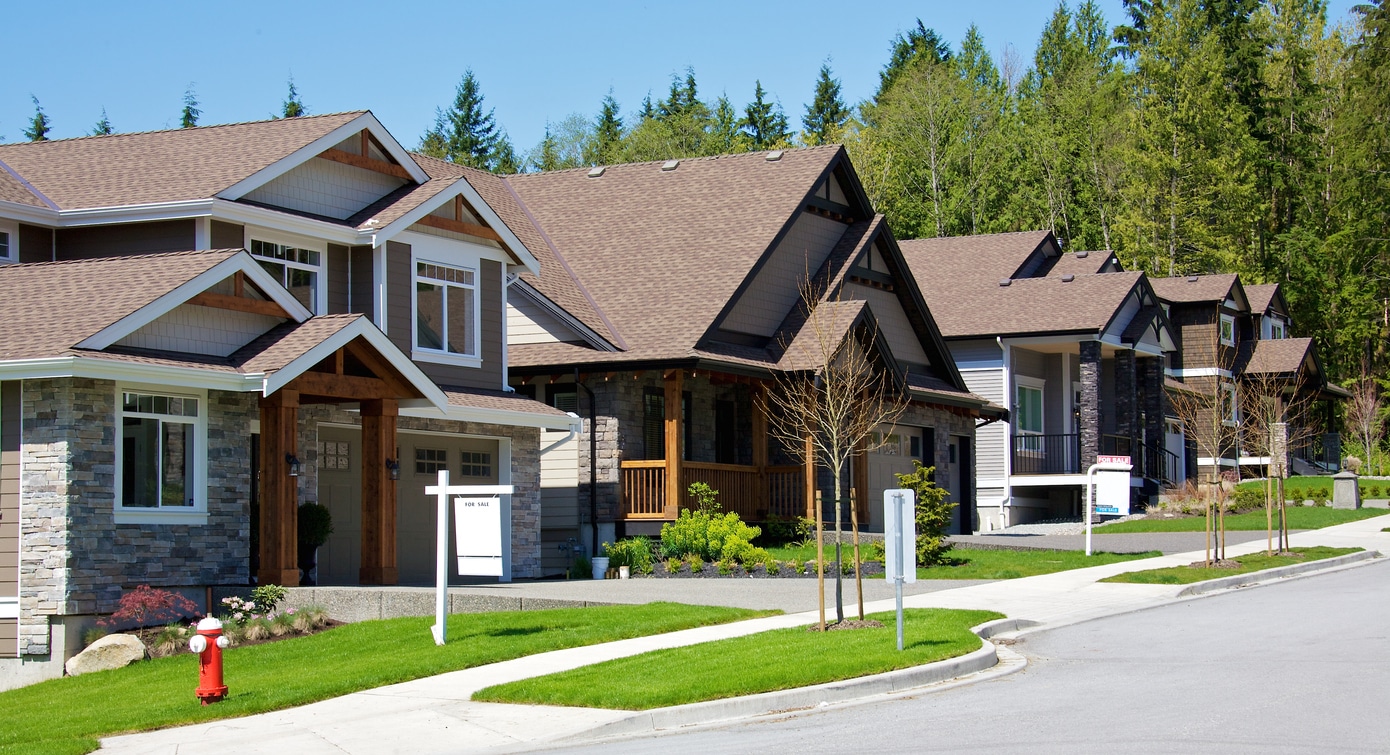
Sign up for smart news, insights, and analysis on the biggest financial stories of the day.
Downtowns became deserts. Everyone moved out of the city to their little hometowns. Or they decamped to Texas and Florida. This was the narrative of the last year as the pandemic pushed tens of millions into a life of remote work.
But new data released by Bloomberg on Monday turns the narrative on its head.
Mobility in the United States, which began the pandemic with migration rates at a 73 year low, saw only a modest uptick in the last year, and remained at historically depressed levels. Meanwhile, those who did leave cities overwhelmingly went to other cities, creating an urban shakeup rather than an urban exodus.
Outward Bound
From March 2020 to February 2021, the number of U.S. residents who made permanent moves ticked up to 12%, a three point increase over the same period in 2019-2020 but still in line with pre-pandemic, post-war lows. Despite talk of mass migration out of cities or to Florida and Texas, it didn’t materialize.
- In the 50 most populous U.S. cities, 84% of people who moved stayed in the same central metro area, down barely from pre-pandemic levels.
- Over 91% of movers stayed in the same state, meaning no Lone Star or Sunshine State exodus.
- Only 0.28% of people who moved left behind metropolitan or micropolitan statistical areas altogether.
Those who did move within their metro areas simply accelerated a pre-pandemic trend: people moved outward to core suburbs, but the localized movement means residents generally remained part of their regional economy.
No Sleep Til’ Brooklyn: Two cities proved exceptions to the rule. “The phrase or the concept of urban exodus, that really only applies to New York and San Francisco,” said Stephan D. Whitaker, a policy economist at the Federal Reserve Bank of Cleveland. But, even in the Big Apple’s case, movement was relatively muted.
- In New York, 79% of movers stayed in the metro area — 20,000 Manhattan residents, in fact, went to that rural bucolic paradise, Brooklyn.
- Uber-expensive San Francisco and neighbouring San Jose were the real story, where the rates of permanent moves increased by more 23% and 17% respectively, compared to the 3% national increase.
Ouch: All the San Francisco movement had a big impact on property owners. High end apartments there could be worth 20% less than they were before the pandemic, according to data firm Green Street.
